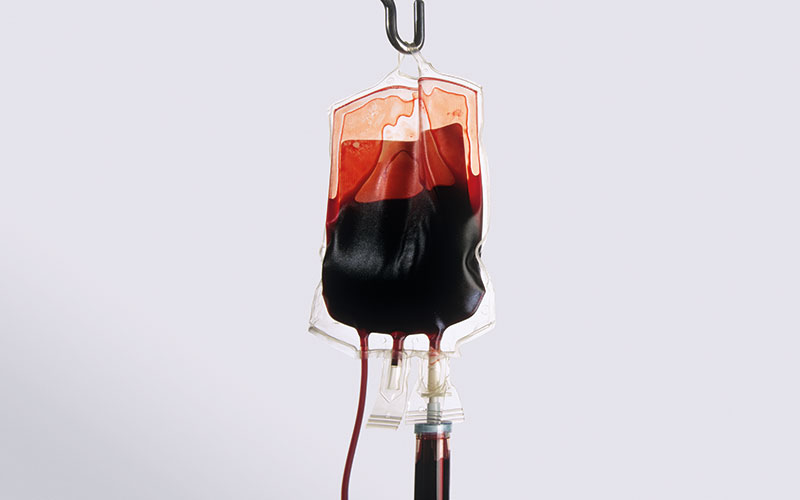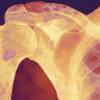Anne Lockhart, IBMS representative on the Serious Hazards of Transfusion (SHOT) steering group, explains the latest annual report.

SHOT is the United Kingdom’s independent, professionally led haemovigilance scheme. Since 1996, SHOT has collected and analysed anonymised information reported in the UK about serious adverse reactions and other serious adverse events related to blood transfusion. The annual SHOT report for incidents reported in 2019 has now been published. Haemovigilance reporting in the UK continues to increase year on year, with a total of 4248 reports being received.
In 2019, 2.3 million blood components were issued in the UK. Transfusion in the UK is generally safe, with the risk of serious harm being one in 17,884 and death one in 135,705 transfused components in the UK. Non-infectious complications, especially operational procedural errors and those related to transfusion decisions, continue to be the most common causes of transfusion-related deaths in the UK. Delays in transfusion and pulmonary complications (mainly transfusion-associated circulatory overload (TACO)) were the main causes of reported transfusion-related deaths in 2019.
“Transfusion in the UK is generally safe, with the risk of serious harm being one in 17,884”
Laboratory errors
Laboratory errors occurred at different stages of the transfusion process. In 2019, the number of events raised to SHOT by the laboratory accounted for 796/3397 (23.4%) of all accepted reports, which is a reduction in the reports submitted in 2018 (885/3326 (26.6%)).
Nearly half of the reports submitted (373/796) were related to component labelling, availability and handling and storage errors. The number of handling and storage error (HSE) reports has almost doubled from 69/530 (13.0%) in 2018 to 107/495 (21.6%) in 2019. The highest proportion of errors occur within the IBCT-specific requirements not met (SRNM) category, with testing errors within this category showing a marked increase from 45/114 (39.5%) in 2018 to 80/157 (51.0%) in 2019. It is apparent from the errors being reported that previous SHOT recommendations do not seem to have been embedded within laboratory culture.
Please click here to read the full article.




